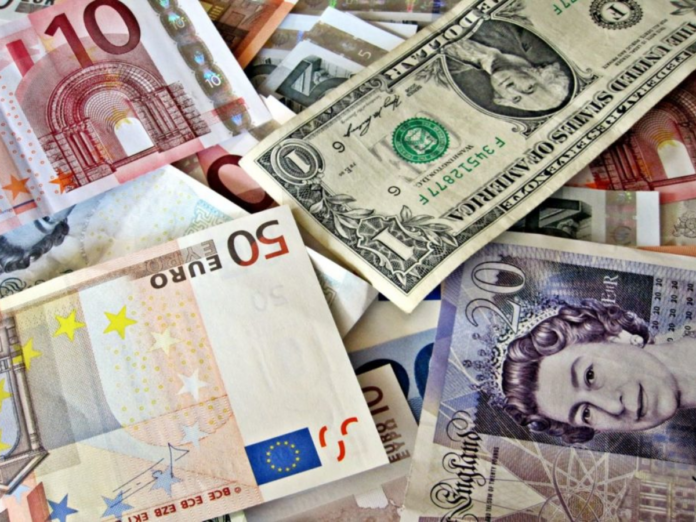88
Global investment firm Jefferies just dropped a hot take: the US dollar is showing serious signs of weakness, and it’s time to look east. In their latest report, they revealed the US dollar index hit a fresh 2025 low of 97.8, And Yes! the dollar is sliding, and not just a little. This isn’t a easy move; it’s part of a longer-term bearish trend.
So, what’s the smart move? Jefferies is waving a big flag for Asian currencies, urging investors to jump on board for long-term gains. Think of it as a currency switch-up, a strategic pivot away from the old dollar dominance toward the rising stars of Asia. Feeling curious about which currencies could be the next big winners? Jefferies is clearly betting on a future where the US dollar might take a backseat. Time to rethink those portfolios!
Jefferies Highlights Call Options On Hong Kong Dollar
Jefferies isn’t just whispering about Asian currencies, they’re shouting it from the rooftops. The firm doubled down, saying it “continues to advise investors to own Asian currencies from a long-term standpoint. It is also why GREED & fear has been recommending investors in recent weeks to buy long-dated five-year call options on a revaluation of the Hong Kong dollar against the US dollar.”
If you want to stay ahead of the game, it’s time to get cozy with Asian currencies. Jefferies is essentially telling investors to bet on a possible comeback story for the Hong Kong dollar- a safer, potentially more profitable alternative to the shaky US dollar. So, if you’ve been holding your breath hoping the dollar bounces back, maybe it’s time to exhale and rethink your strategy. The message is clear: position yourself smartly and let the Hong Kong dollar do the heavy lifting while the US dollar catches its breath.
Concerns Over US Economic Policies Under Trump Administration
Jefferies grounds its advice in growing worries about the US economic and policy landscape under the Trump administration. The report points out that even though the US might not actually go through with extreme policies that could hint at an implicit default, just entertaining those ideas is enough to spook the market and weigh down the dollar. Imagine a tightrope walk where you don’t know if the next step will be solid ground or a surprise drop—that’s the current vibe. As the report puts it, “Clearly, anything is possible in the Trump administration,” highlighting just how unpredictable things have become. This uncertainty shakes investor confidence and piles on extra pressure against the US dollar’s value. So, while drastic moves might not materialize, the very fact they’re on the table keeps investors guessing—and keeps the dollar under a cloud of doubt.
Reversal Of America’s Positive Net Investment Income
Another major concern Jefferies raises is the reversal of America’s long-standing positive net investment income. Revised data released this week shows that the US net investment income, which measures income from foreign investments minus payments made to foreign investors, has turned negative for the first time since data collection began in 1960. The US previously maintained positive net investment income despite a negative net international investment position (IIP) for 36 years, demonstrating resilience in its financial returns from abroad.
Net Investment Income Turns Negative
- Net investment income sharply declined from an annualized 1.43% of GDP in the four quarters to 2018.
- It dropped to a record negative 0.07% of GDP in the four quarters ending Q3 2024.
- The figure remained negative at 0.05% of GDP in the four quarters to Q1 2025.
- Jefferies considers this reversal a significant development.
- The negative shift adds further downward pressure on the US dollar.
- This trend strengthens Jefferies’ recommendation to invest in Asian currencies amid a changing global economic landscape.
(From ANI)
Also Read: Government Slaps 27%To 63% Anti-Dumping Duty On Plastic Processing Machines From China, Taiwan

